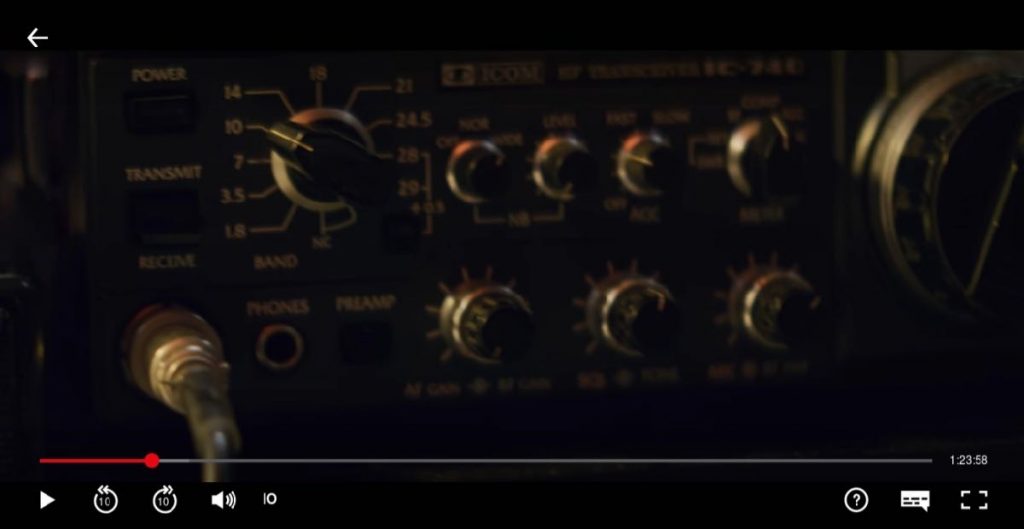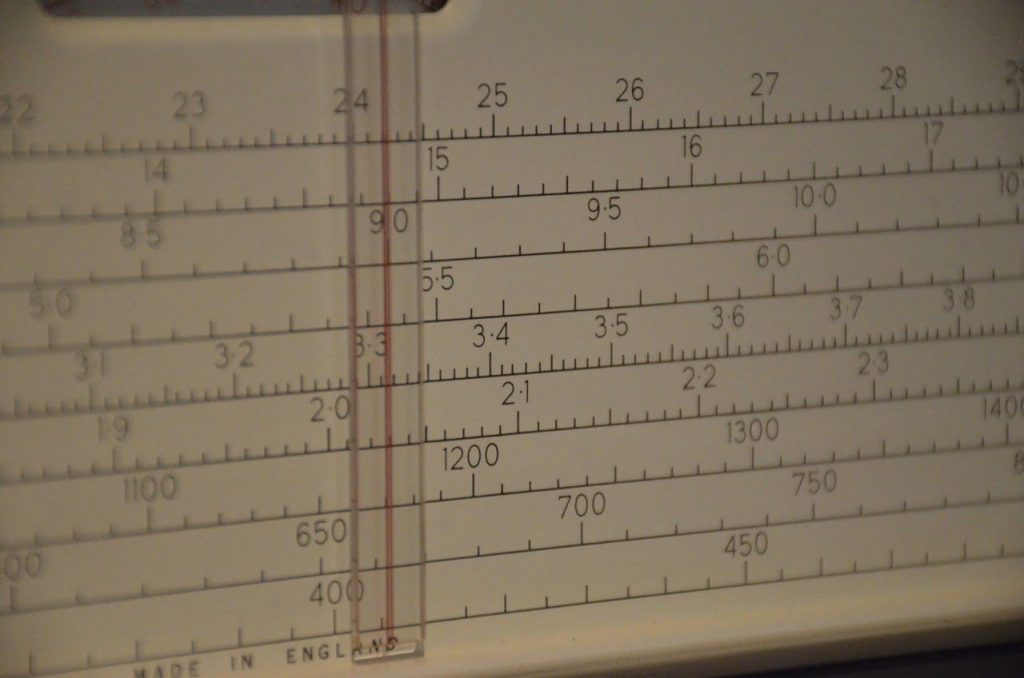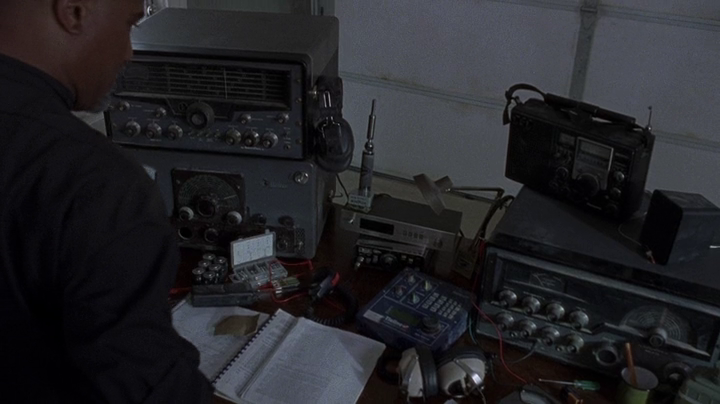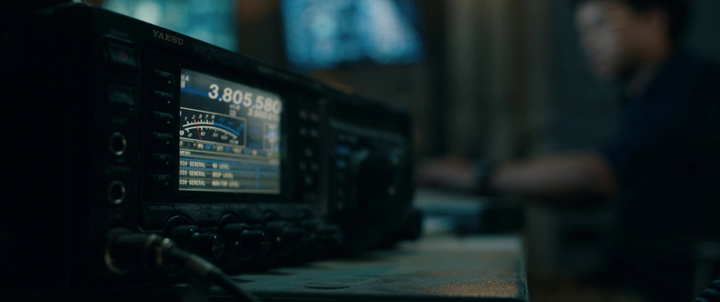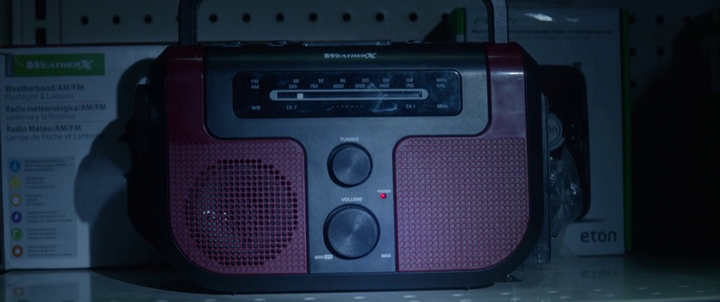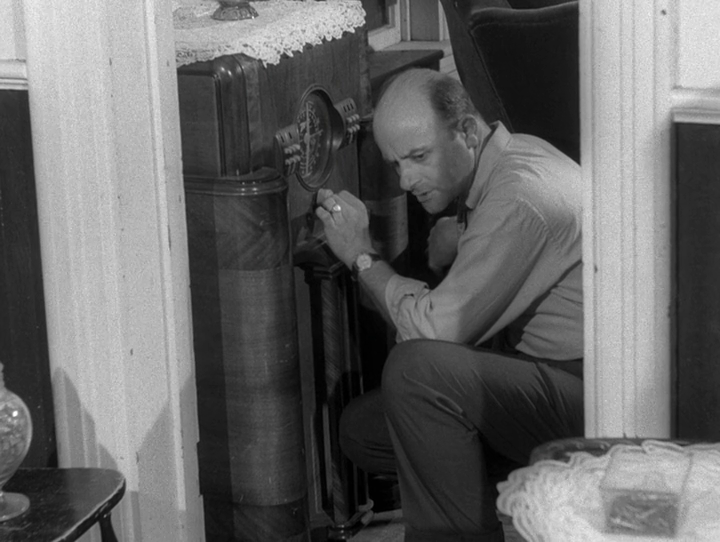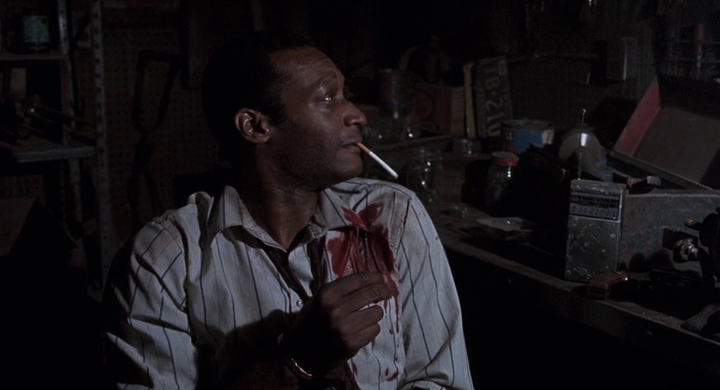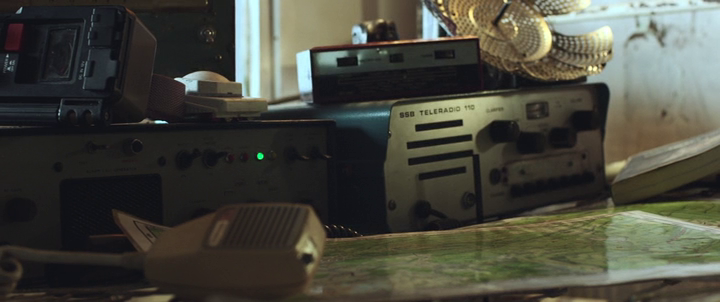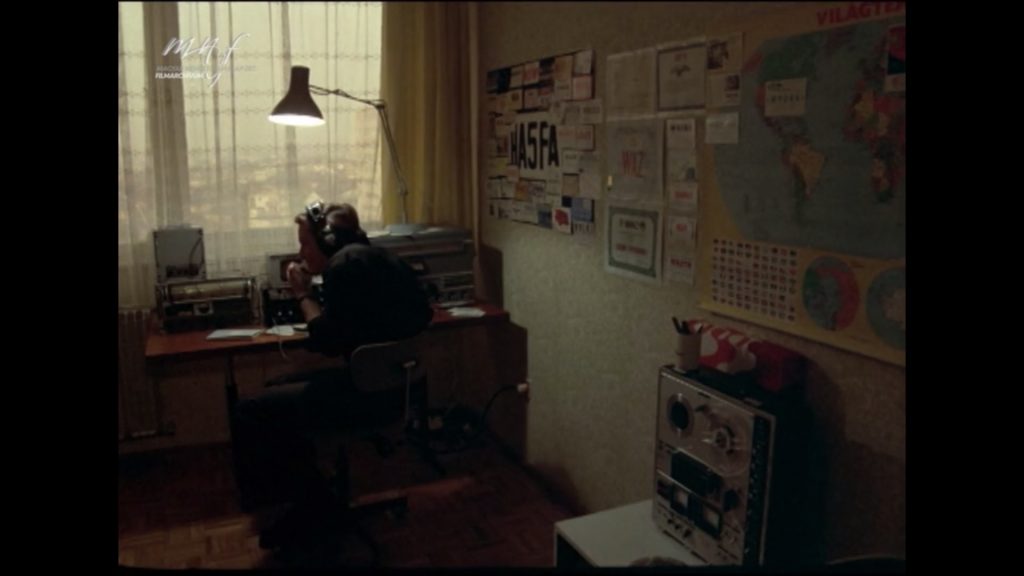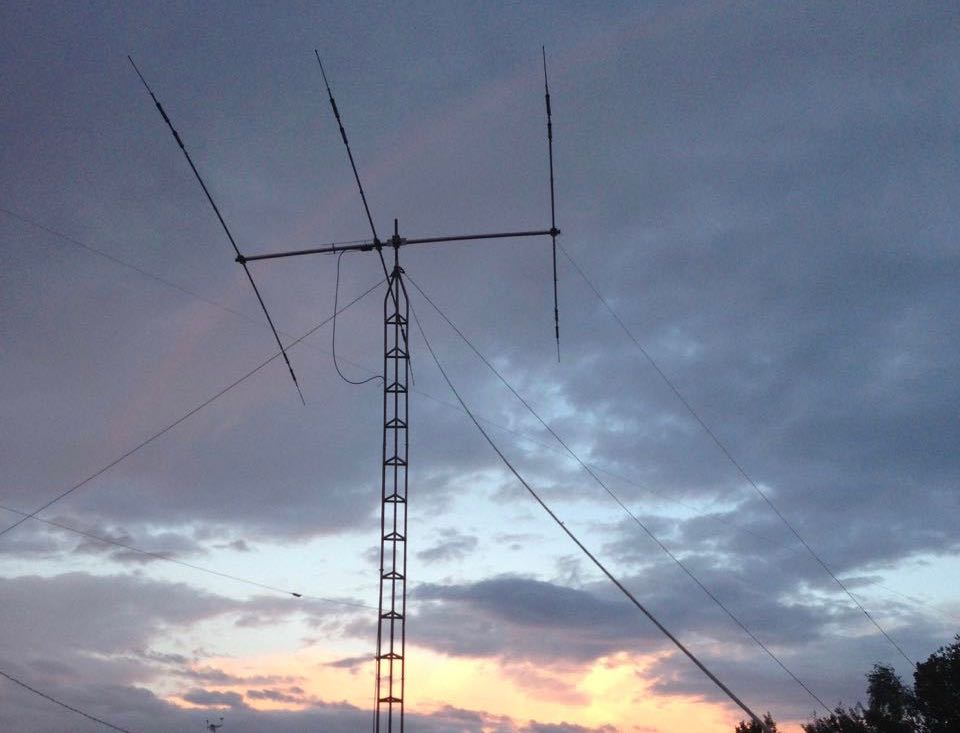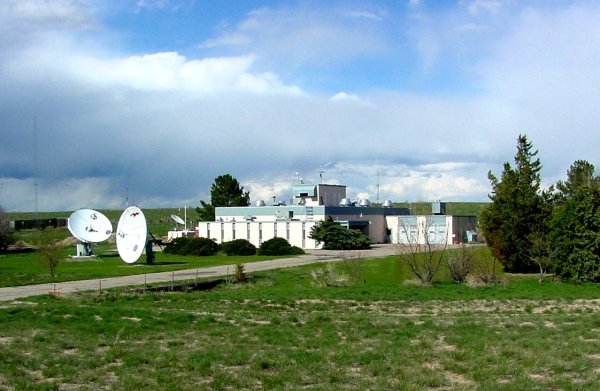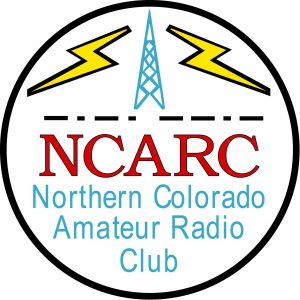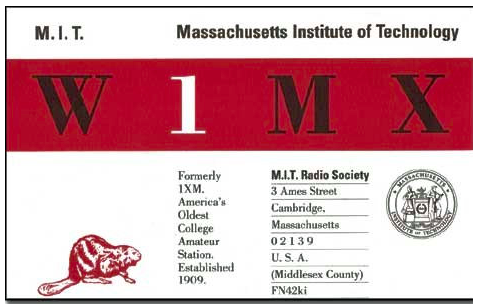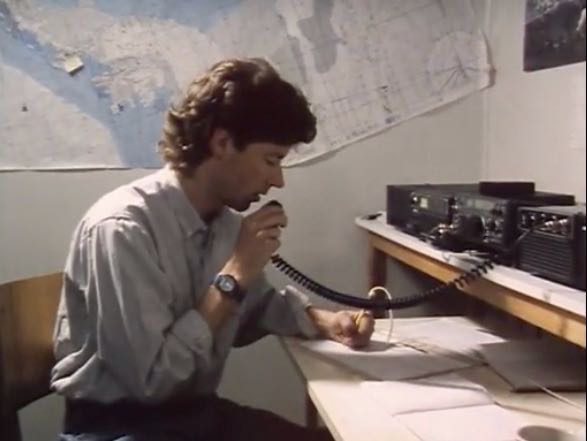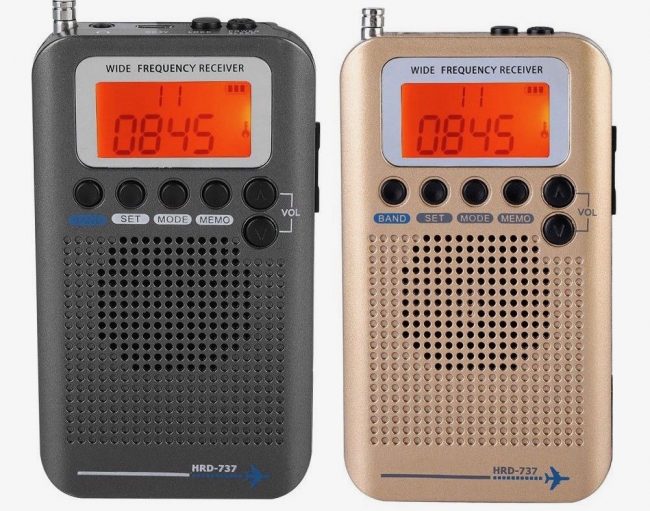
Many thanks to SWLing Post contributor, Jamie Anderson (KM4WYO), who writes:
I have been browsing around eBay too much and was trying to put together a do-it-all radio for camping/backpacking that is small.
It is hard to find SW/broadcast/weather/air band together (for good reason, of course). I did run across this radio that is interesting: the HRD-737 which retails around $40.
- Internal 700mah 3.7v lithium, with 5v usb charge
- Air 118-138 MHz
- FM 87.5 – 108 MHz
- AM 520-1720 kHz
- CB 25-28 MHz
- SW 2-30 MHz in 5 kHz steps
- VHF narrow/wide FM – 30-223 MHz (10,6,2,220)
I’m not sure if it would pick up NOAA stations as I think they have a slightly different FM bandwidth.
It seems interesting for a do it all point of view, you could possibly monitor ham repeaters on 2 meters, just a little too short of frequency coverage for 220.
Click here to view the HDR-737 on eBay.
Have you seen one of these or something similar in your reviews?
I have never used the HDR-737, but thanks for bringing it to our attention, Jamie!
I should think, assuming the stated VHF frequency coverage is correct, that you should be able to hear weather radio on this receiver. NOAA weather frequencies are on 162.400, 162.425, 162.450, 162.475, 162.500, 162.525, and 162.550 MHz.
The manufacturer isn’t clear about the frequency steps on VHF however–it’s possible tuning increments could be too coarse to get a good lock on the station. That specification is omitted altogether even though every other band has stated frequency steps.
I should mention that the original C. Crane CC Skywave meets all of your specifications save the ability to potentially tune in the 2M ham radio band.
Post readers: Is anyone familiar with the HanRongDa HRD-737? Please comment!


